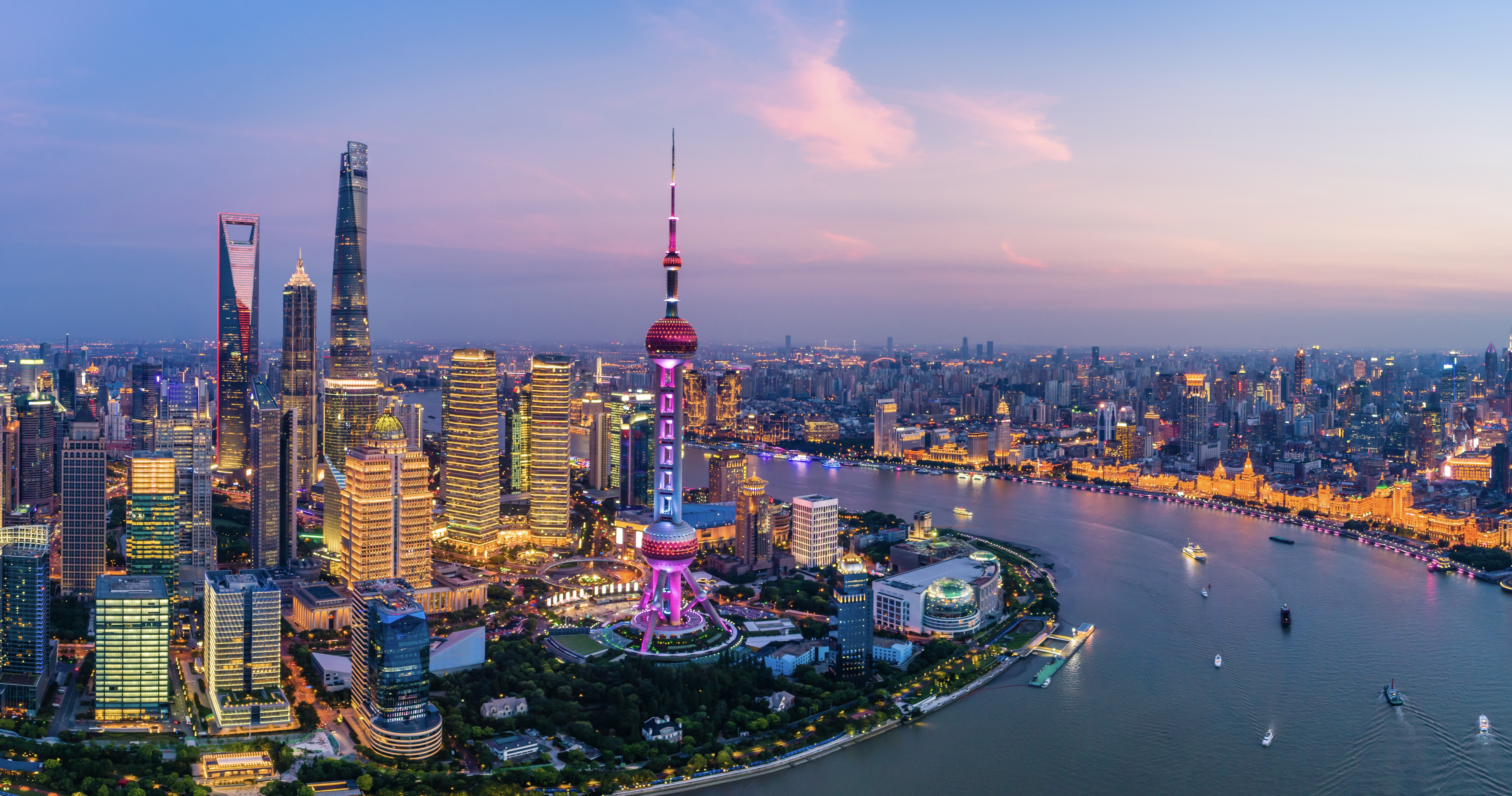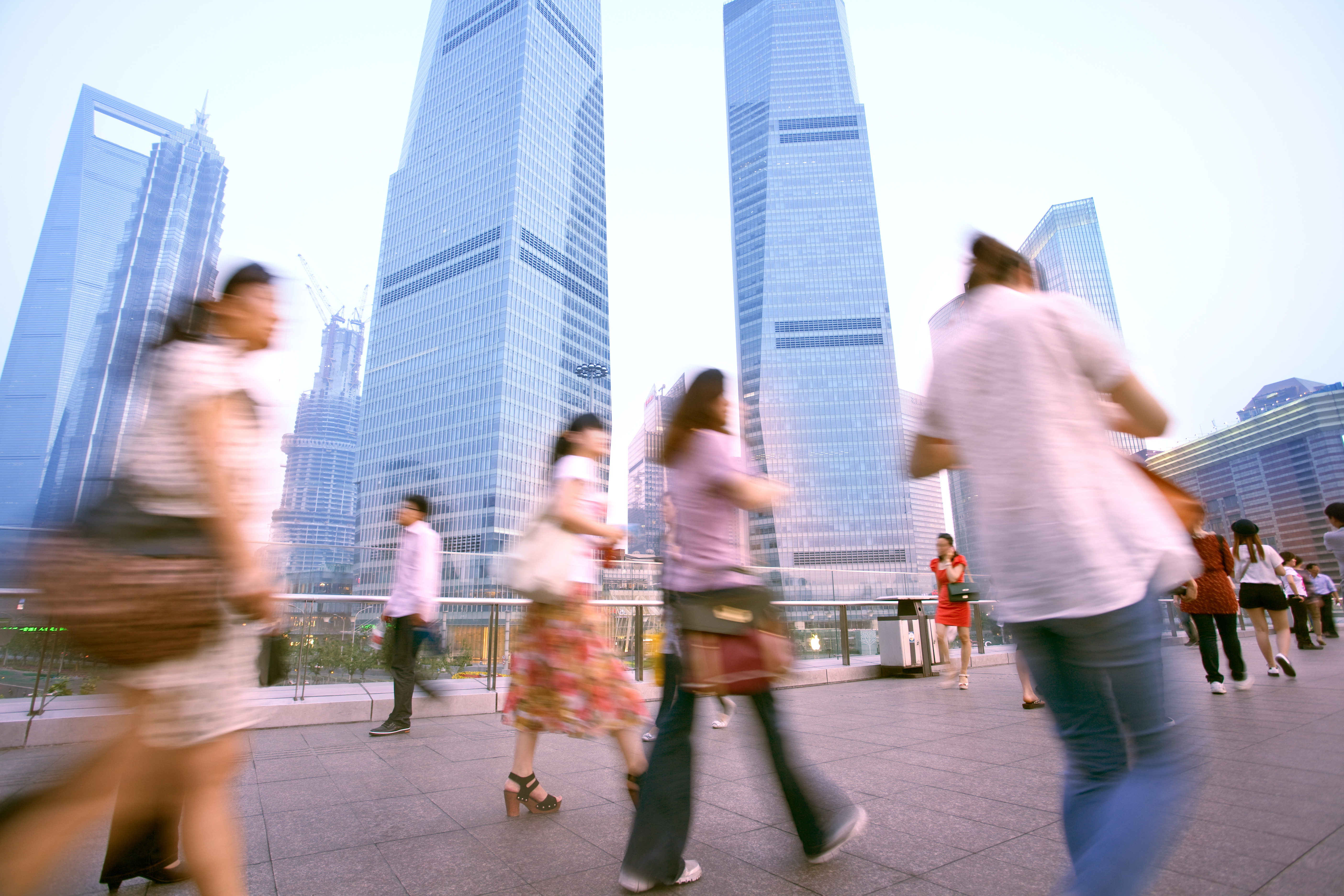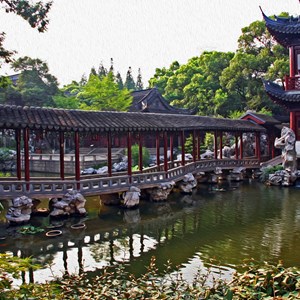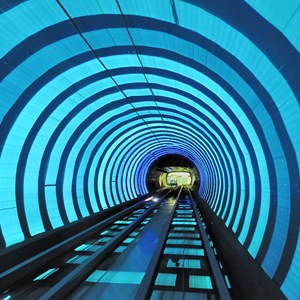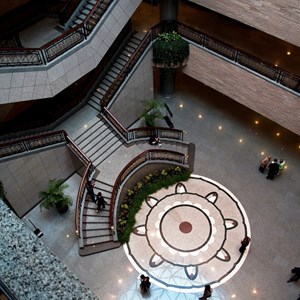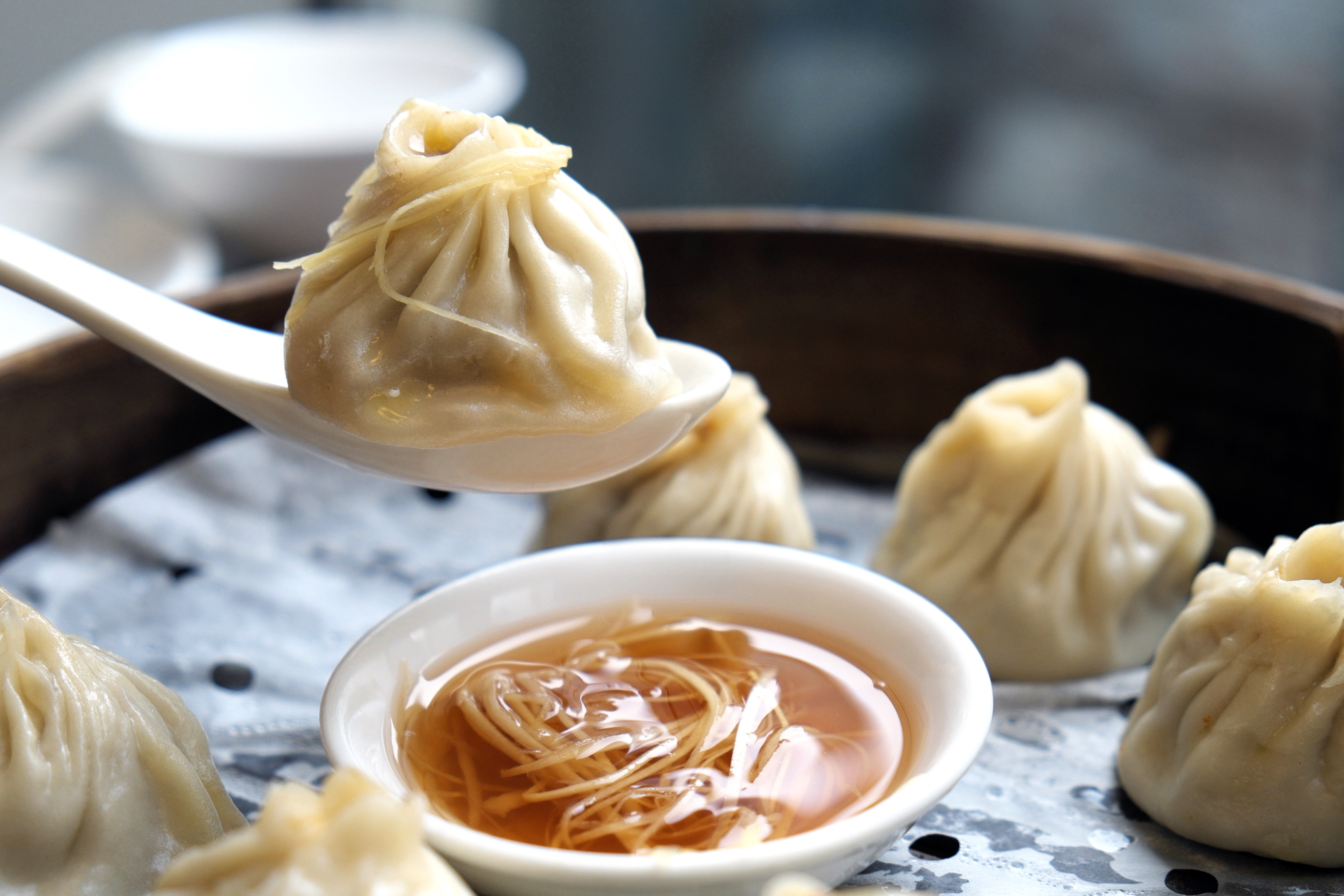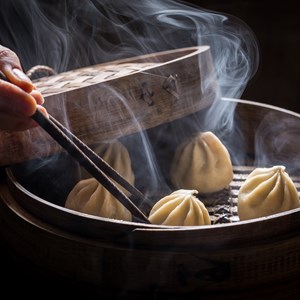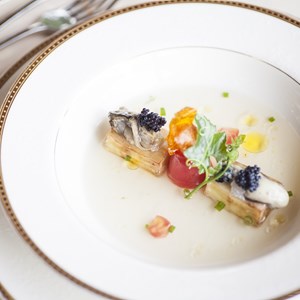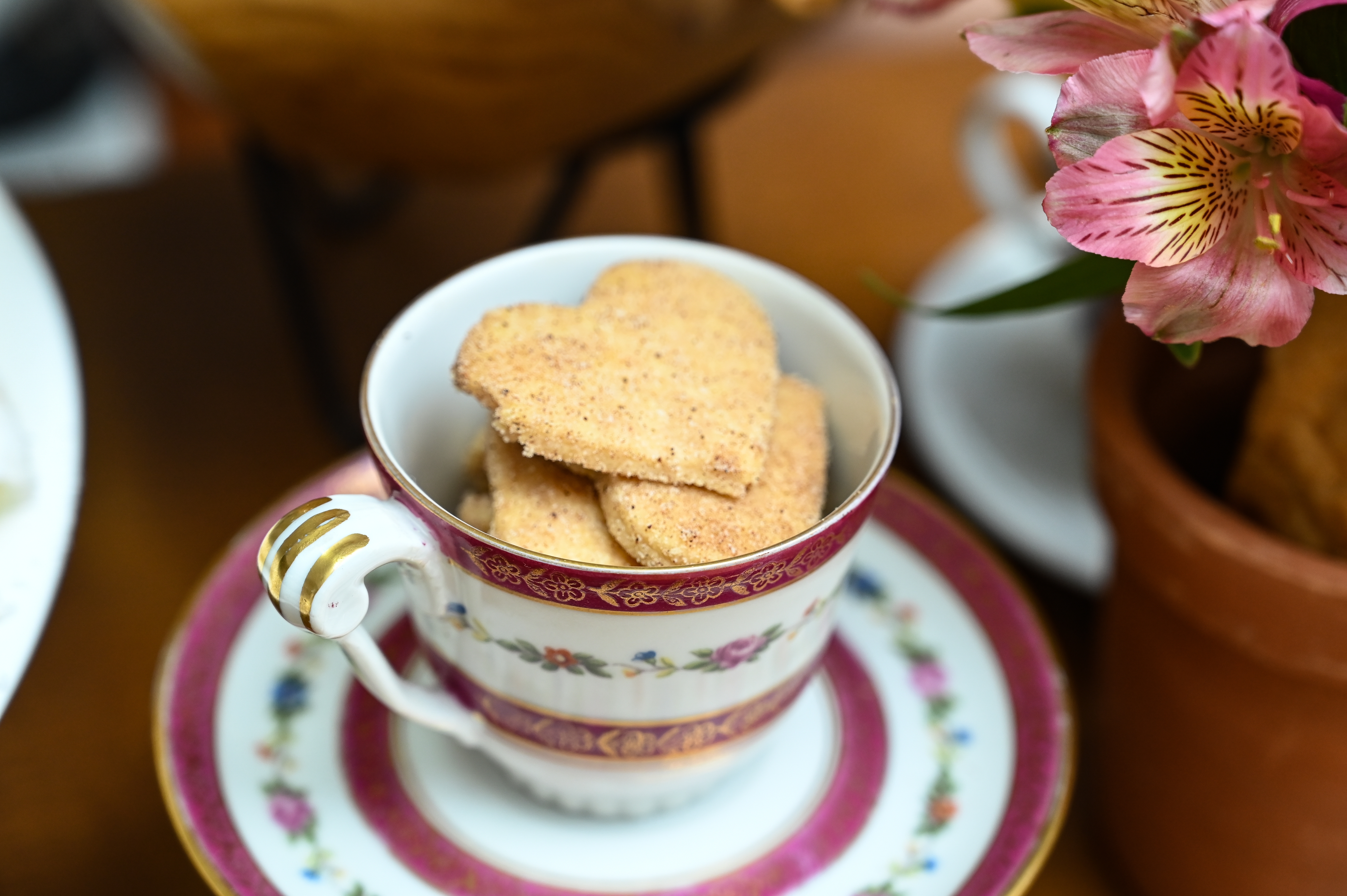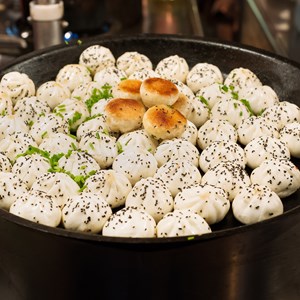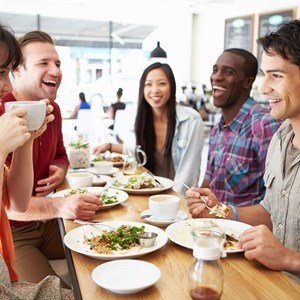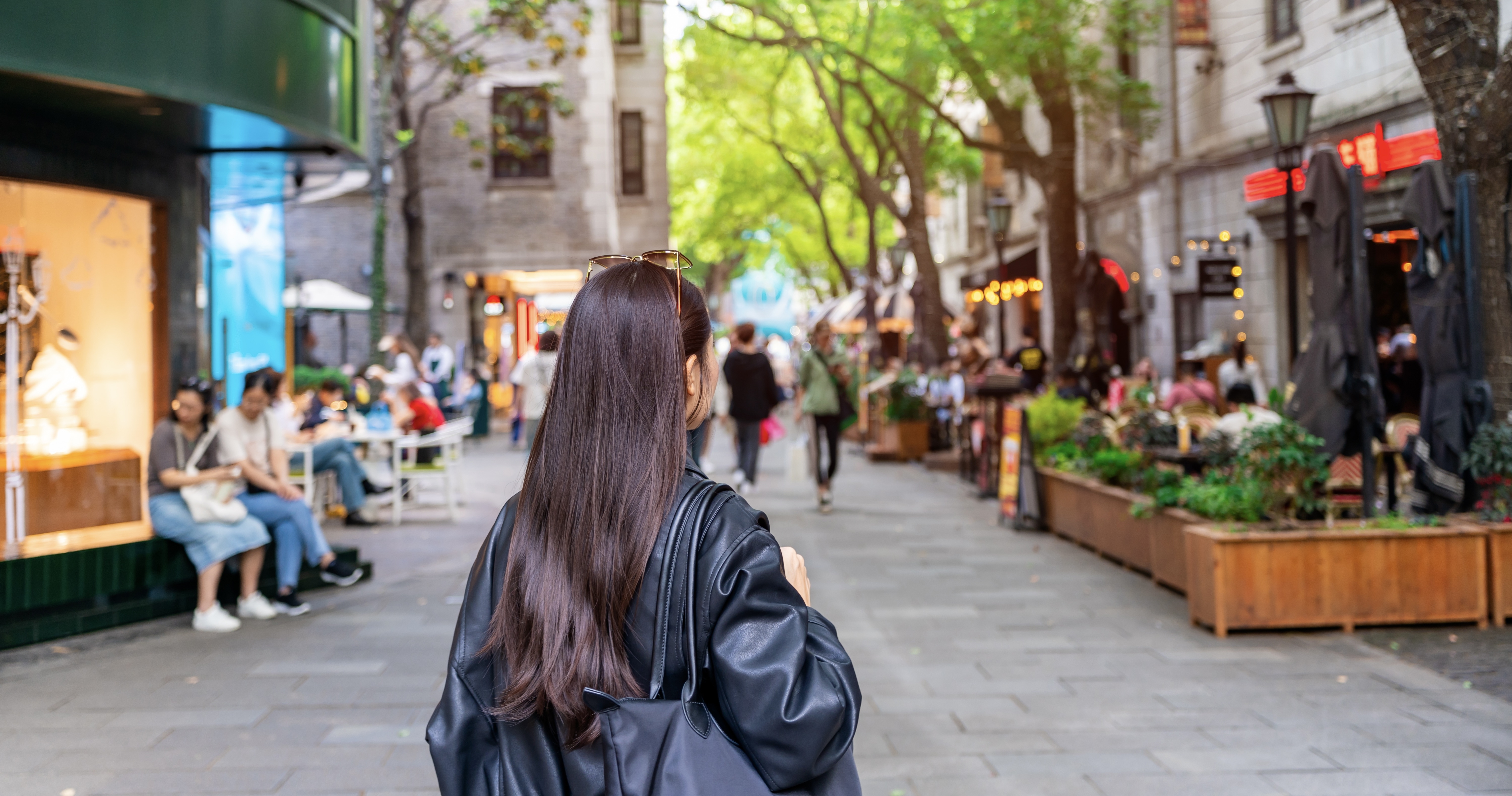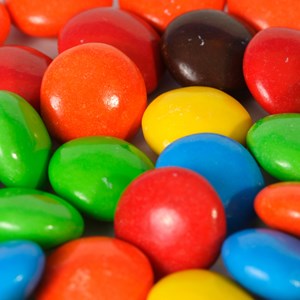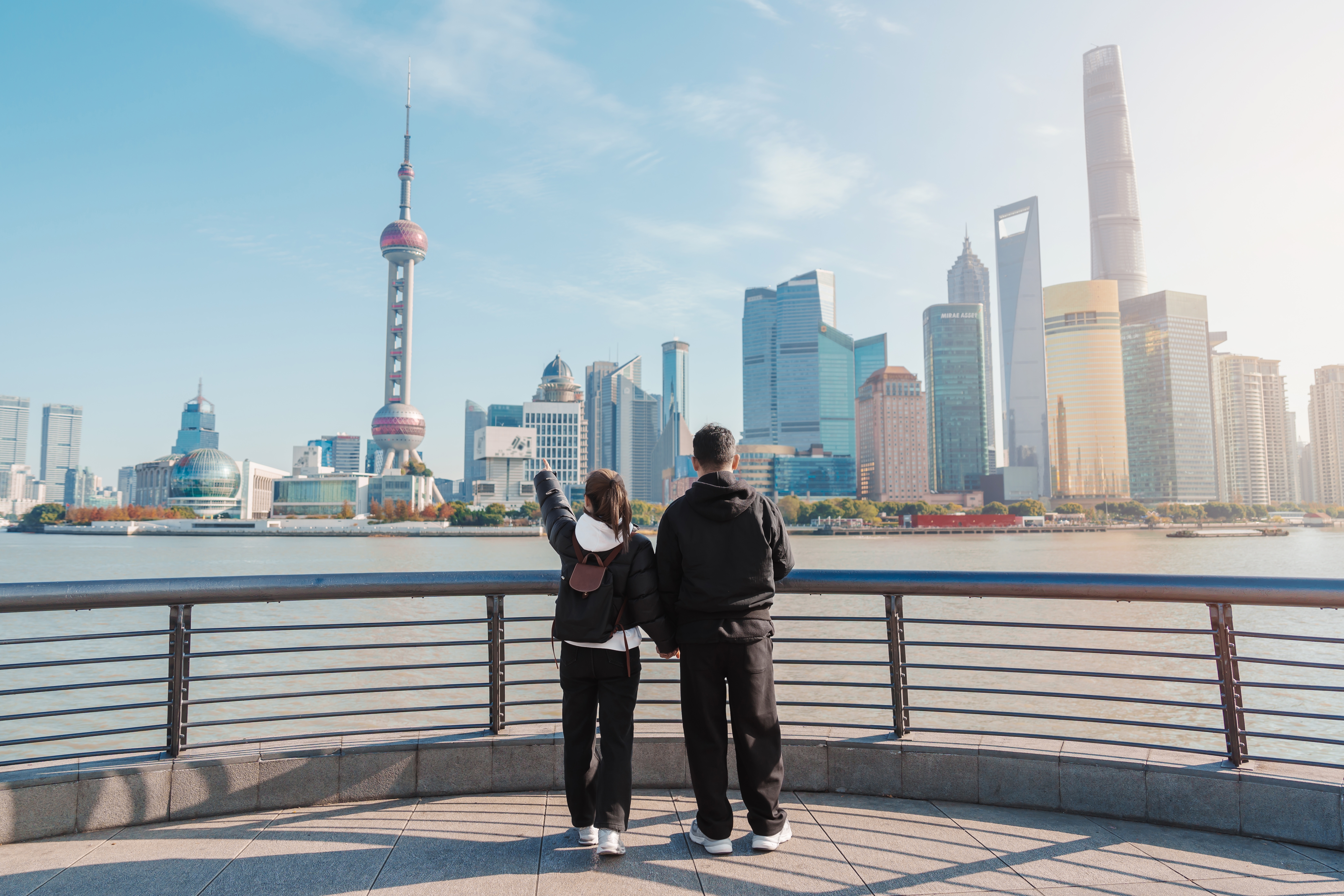

Shanghai is the shiniest gem in modern China’s jewel box. It’s a hip, contemporary city that charges into the future with all the energy of its famous Maglev train. At the same time, if you veer away from the sleek highways and glitzy shopping streets, you can still stumble upon a more traditional Shanghai, with all its character and flavour. In the tiny back streets, wet-market vendors peddle their wares — buckets of bright green vegetables, fish flapping in shallow plastic bowls, and heaps of crayfish crawling over each other.
The City
Shanghai’s most famous attraction is the Bund. This was where the colonial merchants of the late nineteenth and early twentieth centuries built the headquarters for their trading firms and banks. Still today, these vast, august edifices boom of power — but now the roofs are topped with the red and yellow flags of the People’s Republic and the buildings below house designer clothing shops as well as banking headquarters.
Across the Huangpu River, there’s been a greater transformation still. Only 30 years ago, this was sleepy farmland — now, Pudong is a booming financial and economic district. Just back from the waterfront lies the old city, a tangle of tiny lanes where the locals still live as they have for decades. Even in these traditional lanes, though, the wrecking ball is wreaking its havoc: walk around them now before it’s too late. Further west lies the French Concession, where large colonial houses are being rapidly converted into high-end bars and restaurants.
For shoppers, Shanghai is still a kind of heaven. Markets are regularly being uprooted and rehoused as part of the urban planners’ mission to make the city better and brighter than ever before. There are still fabulous deals to be had at the fabric market, wonderful trinkets and antiques in Dongtai Road and good-value custom-made furniture for those with a shipping crate to spare.
Do & See
Shanghai really is a delightful city to explore. See skyscrapers alongside surviving colonial buildings and visit the Shanghai Museum to get an insight into the city's past and just how rapidly it has changed within the last decade. Early birds simply must take a stroll through one of Shanghai’s many parks, where thousands gather daily for their morning exercise.
Dining
The Chinese like to eat, and Shanghai is a city where this characteristic national trait finds its ultimate reflection. From chic and elegant international restaurants to local dumpling joints, Shanghai is where you can easily eat your way around the globe. Whether you like your portions exquisitely presented or prefer a tangled mountain of noodles, you will find it all here.
Cafés
While tea remains the historic beverage of choice, Shanghai has wholeheartedly embraced coffee in recent years. A modern café culture has flourished, with dozens of new shops opening across the city. The scene is diverse, catering to every preference: from international chains and quick-service counters favoured by locals on the go, to specialty roasteries and traditional tea houses offering a more contemplative experience.
Bars & Nightlife
Shanghai's energy is unyielding, with a nightlife that seamlessly transitions from dusk until dawn. The city's bar scene evolves at a breakneck pace, where new venues appear almost monthly. This is a far cry from more conservative eras, and modern Shanghai now wholeheartedly embraces the night. The options are vast, ranging from thumping electronic clubs and sleek cocktail bars to intimate venues featuring live jazz.
Shopping
Shanghai's shopping scene is a vibrant mix of luxury boutiques, modern malls, and bustling street markets. High-end destinations like Nanjing Road, Huaihai Road, and the IFC Mall in Pudong feature flagship stores of international luxury brands such as Louis Vuitton and Gucci. Modern shopping malls, including Plaza 66, Grand Gateway 66, and IAPM Mall, provide a blend of luxury, mid-range, and high-street brands, along with diverse dining and entertainment options.
For a more local experience, street markets like Tianzifang, Yuyuan Bazaar, and AP Plaza offer everything from traditional crafts and souvenirs to trendy fashion and accessories. Time-honoured department stores like Shanghai No. 1 Department Store and Jiuguang Department Store showcase a wide range of products, including clothing, cosmetics, and home goods.
Specialty areas such as the French Concession and Xintiandi feature boutique shops and unique designer stores, blending upscale retail with historic charm. Additionally, tech enthusiasts can explore Xujiahui and Cybermart for the latest gadgets.
Tourist Information
Best Time To Visit
Most of Shanghai's attractions are city sights, so the change of seasons has little impact. However, given the weather, it is recommended to visit in spring or autumn, for winter might get too cold and summer too hot for comfort. There is also the possibility of typhoons during summertime and even early autumn. Try to avoid Chinese public holidays, such as between October 1st and 7th, during which the city could be flooded by local tourists.
Address:
Email:
Phone:
Website:
More Information:
Shanghai Pudong International Airport (PVG)
Shanghai has two airports one of them is the international airport in Pudong, 35 km from the city centre.
From the Pudong Airport, the most enthralling way to travel is on the Maglev (the high-speed magnetic-rail train) to Longyang Road in Pudong. There is an underground station and a taxi rank at Longyang Road for onward travel.
Metro Line 2 is available when departing or arriving at Pudong International Airport. Operating Time 6 am 10 pm and leaves every 8.5 minutes.
A taxi from Pudong Airport to the city centre takes up to an hour. Make sure you have your destination written in Chinese.
The airport has regular shuttle buses to many areas in the city and the major hotels have desks at the airport and will arrange the transfer.
Address: Shanghai Pudong International Airport
Email:
Phone: +86 21 96990
Website: www.shairport.com/ensh/index.html
More Information:
Shanghai Hongqiao International Airport (SHA)
Another airport called Hongqiao Airport, which handles domestic flights, lies 15 km from downtown. Both Metro and buses run from this airport. A taxi from Hongquiao Airport will take 30-45 minutes. Make sure you have your destination written in Chinese. Hongqiao Airport has regular shuttle buses to many areas in the city. The major hotels have desks at the airport and will arrange the transfer.
Address: Shanghai Hongqiao International Airport
Email:
Phone: +86 21 96990
Website: www.shairport.com/ensh/index.html
More Information:
Maglev
If you fly into Shanghai’s International Airport in Pudong, be sure to take the Maglev into town rather than a taxi or regular metro. The Maglev is China’s futuristic magnetic levitation train and the fastest ride in its technological repertoire. The journey only lasts a few minutes, but during that time the train can reach a top speed of 430 kilometres per hour (although the average is closer to 300 km/h).
Address:
Email:
Phone:
Website:
More Information:
Internet Access and VPN in China
Due to China's strict internet policies, access to many popular Western websites and apps—such as Facebook, Instagram, X (formerly Twitter), Google services (including Google Maps), Skype, and others—is restricted. These websites are blocked as part of the government's internet censorship efforts, commonly known as the 'Great Firewall'.
To bypass these restrictions, many travellers use a VPN (Virtual Private Network), which can help access blocked sites. However, it’s important to note that VPN use in China is legally complicated. While some VPN services are still used, unauthorized VPNs may be subject to scrutiny, and there have been reports of foreigners experiencing disruptions to their mobile service or being asked to visit the local police station if the use of a VPN is detected. It’s critical to comply with local laws and regulations regarding VPN usage. If you choose to use a VPN, ensure it’s approved by the Chinese government and used for legitimate purposes.
Since Google Maps is often unreliable in China due to restrictions on Google’s services, travellers should consider using local alternatives such as Baidu Maps and AutoNavi (Gaode Maps). These apps offer more accurate and comprehensive mapping and navigation within China. However, most of these services are primarily in Chinese, so it might be helpful to familiarize yourself with their basic functions or use translation tools. Baidu Maps, in particular, is widely used and provides detailed information about public transport, routes, and traffic.
Address:
Email:
Phone:
Website:
More Information:
Metro
The Shanghai Metro is an efficient, affordable, and user-friendly mode of transportation for visitors. Its network has over 400 stations connecting major business districts, tourist attractions, residential areas, and airports. All metro stations and trains have signs and announcements in both Chinese and English, making it easier for non-Chinese speakers to navigate. Trains run frequently, usually every 2-5 minutes during peak hours and every 5-10 minutes during off-peak times.
You can pay for metro rides using the Shanghai Public Transportation Card (also known as the Shanghai Jiaotong Card), which can be topped up at stations and convenience stores. Mobile payment options like Alipay and WeChat Pay are also widely accepted. There are several mobile apps available that provide real-time information about the metro system, including maps, schedules, and route planners.
Address:
Email:
Phone:
Website:
More Information:
Bus
Buses in Shanghai are usually busy and the network can be complicated to negotiate for non-speakers of Chinese. The 911, which runs along Huaihai Road, can be useful.
Keep some loose change when travelling by bus, coins need to be placed in the slot at the entrance.
Address:
Email:
Phone:
Website:
More Information:
Taxi
In Shanghai, finding a taxi is generally easy, especially in busy areas, commercial districts, and nearby hotels and tourist attractions.
Ride-sharing apps like DiDi, the most popular in China, offer a convenient alternative to traditional taxis.
Address:
Email:
Phone:
Website:
More Information:
Telephone
Country code: +86
Area code: 21
Address:
Email:
Phone:
Website:
More Information:
Electricity
You'll likely encounter Type A, Type I, and Type C outlets in mainland China. Type A outlets accept two flat parallel pins, Type I outlets take three flat pins in a triangular pattern, and Type C outlets — two round pins. It's always a good idea to have a universal travel adapter that can handle all three types, just in case. Make sure your device is compatible with 220V power supply.
Address:
Email:
Phone:
Website:
More Information:
Post
The main post office in Shanghai is located at 395 Tiantong Road in the Hongkou District. It is situated near the northern end of the Bund, making it easily accessible from many central locations in Shanghai. The Shanghai General Post Office provides a full range of postal services, including mail and parcel delivery, express services, and various other postal and financial services. It's also a tourist attraction in itself, inviting you to explore the Shanghai Postal Museum housed in the same building.
Address: 395 Tiantong Road, Hongkou, Shanghai
Email:
Phone:
Website:
More Information:
Pharmacy
Pharmacies are not hard to find in the city, just look for the green cross. One of the main pharmacy chains in Shanghai is called Yifeng. Besides being a major supermarket chain, Lianhua Supermarket also operates pharmacies within many of its stores, offering a wide range of over-the-counter medications and health products.
Address: Shanghai Yifeng Super Drugstore - Wangyun Road, Huangpu, Shanghai
Email:
Phone: +86 21 6366 5987
Website:
More Information:


